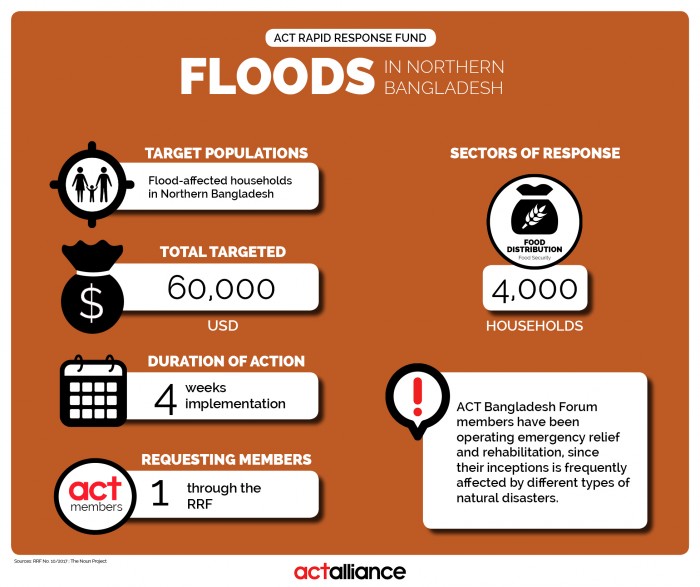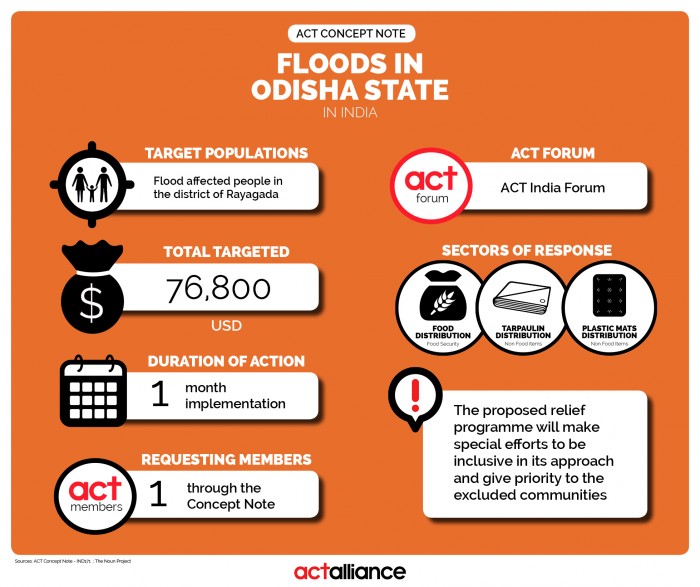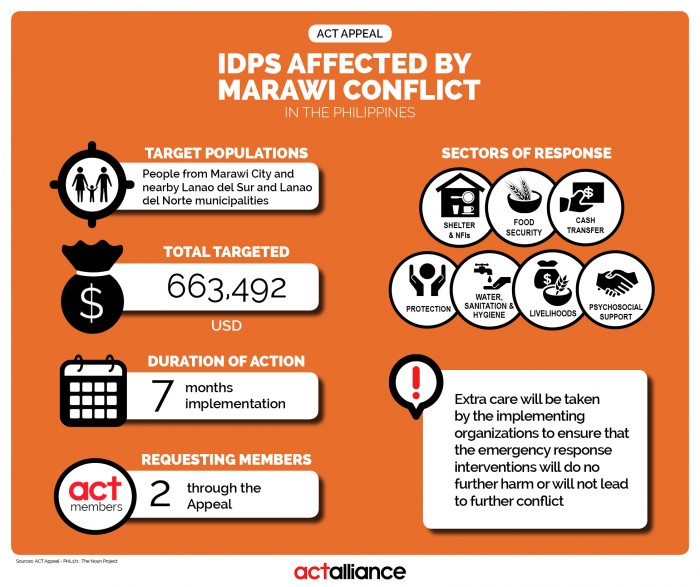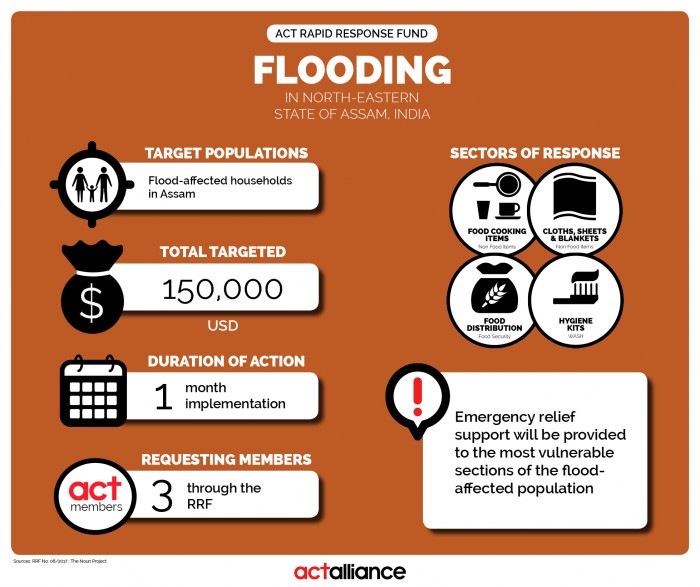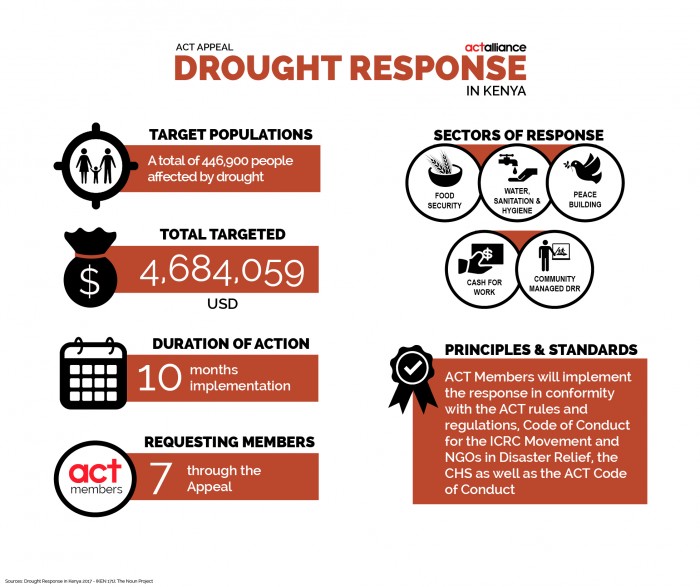In 2015 and 2016, Malawi experienced the El Niño weather phenomenon, manifested by poor distribution of rainfall and prolonged dry conditions, which resulted in delayed planting and poor crop development. The Malawi Vulnerability Assessment Committee (MVAC) report of June 2016 showed that a minimum of 6.5 million people (39% of Malawi’s population) will not be able to meet their annual food requirements during the 2016/17 consumption period, in 24 of the Malawi’s 28 Districts. This protracted drought was combined with floods in some areas of Malawi, which have also increased the risk of water-borne disease outbreaks.The most critically affected Districts are the following: Balaka, Chikwawa, Kasungu, Nkhota-kota, Dedza, Dowa, Mchinji, Mulanje, Nsanje, Phalombe, Thyolo, Mangochi, Neno, Ntcheu, Salima, Mzimba, Rumphi, Ntchisi, Chiradzulu, Machinga, Mwanza, Blantyre, Lilongwe and Zomba. Alerts_Severe Drought in Malawi







